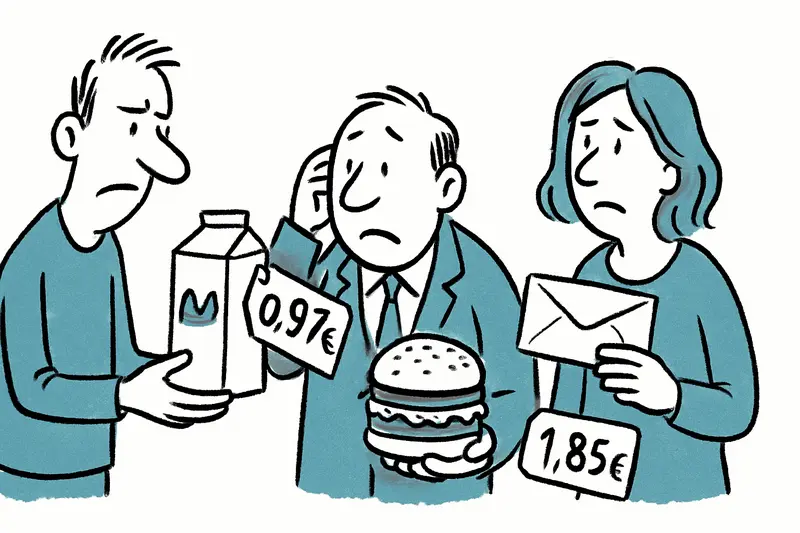Milk for €0.97, a Big Mac for €6.10, postage for €1.85 — since 2010 certain products on the island have become significantly more expensive. A critical assessment and practical suggestions for everyday life.
Milk, Big Mac, Postage: Why Many Prices on Mallorca Hurt
Key question: Who in Palma, Alcúdia or Sóller will still be able to afford everyday life — and what concrete steps we could take
At the market in front of the Plaça Major I often hear the same thing: a sigh over the receipt, the rustle of the plastic bag, and the bill that suddenly turns out higher than planned. The numbers are on the table: a Big Mac currently costs €6.10, a litre of long-life milk (UHT) of the store brand at Mercadona €0.97, an EU postage stamp €1.85. Some prices have risen far more than slightly since 2010 — postage by around 190 percent, and tobacco and staple foods have also gone up sharply.
That brings us to the question: what is behind these increases, and who foots the bill? In short: several factors at once. Energy and logistics costs, tax adjustments and the general inflation trend in Spain push prices up. On the island, seasonal demand peaks add to the effect: hotels, restaurants and tourists surge in the summer months, which shifts the price structure. At the same time there was a counter-movement in telecommunications: a basic connection at a major provider now costs €19.90 instead of almost €55 in 2010 — an example of how competition and technological progress can also bring prices down.
The figures are sober, the consequences tangible in everyday life. Those who take the bus pay €2.00 for a single ticket at the moment; in 2010 it was €1.50. Fuel costs at a station near Plaza Progreso are €1.729 per litre of super unleaded (2010: €1.17). Taxi rides are still relatively cheap, but the price per kilometre rose to €1.20 and airport trips carry surcharges that can reach €4.65. Parking garages in Palma now charge between €1.30 and €3.00 per hour — Avinguda Antoni Maura is the most expensive spot with €3.
What is often missing in the public debate is the social gradation of the burden. A rise in postage hits pensioners who send bills from home just as it hits families who send packages more often. Price jumps on food hit households with tight budgets harder than couples with fatter wallets. At the weekly market I watch older residents carefully compare milk cartons while young couples are more likely to opt for branded products — this is not a luxury problem, this is about distribution.
Everyday scene: On a grey morning in Carrer de Sant Miquel I watch a woman who, after shopping, checks the receipt at the bus stop and murmurs, 'Money used to be enough for everything.' Beside her a delivery worker drives past, stacking boxes and keeping an eye on rising fuel prices. Such small moments tell more about the situation than any statistic.
Missing in the discourse are concrete, local relief measures. Much is said about national inflation rates, less about targeted measures for island residents. Transparency on fees for parking, municipal services or taxi tariffs could also be better. Who decides which adjustments are made, and how much of it flows back into the municipality? These questions are often inadequately answered.
Concrete proposals that could help in Palma and the municipalities: 1) social exemptions for municipal fees for low-income households; 2) support for regional food cooperatives and weekly markets so transport costs fall and producers receive fair prices; 3) price transparency for parking garages and taxi fares, including simple online queries; 4) expansion of affordable local mobility so commuting becomes cheaper; 5) municipal group purchases for energy-intensive services or group insurance for the self-employed.
Ironically put: the solution is not to roll all prices back to 2010. It's about distributing the burdens fairly and using small, practical levers. Some sectors — telecommunications is one example — show that prices can also fall when competition and technology take effect. Why not promote similar impulses locally?
Conclusion: the price rally has many faces. Some increases are globally explainable, others arise from local structures. Whoever buys the morning paper in Palma, puts milk in the cart or sends a postcard to the mainland feels it. What will be decisive is whether municipalities, consumer organisations and local economic partners jointly organise small, effective relief measures. Those who now talk only about numbers miss the human side of the bill.
Read, researched, and newly interpreted for you: Source
Similar News
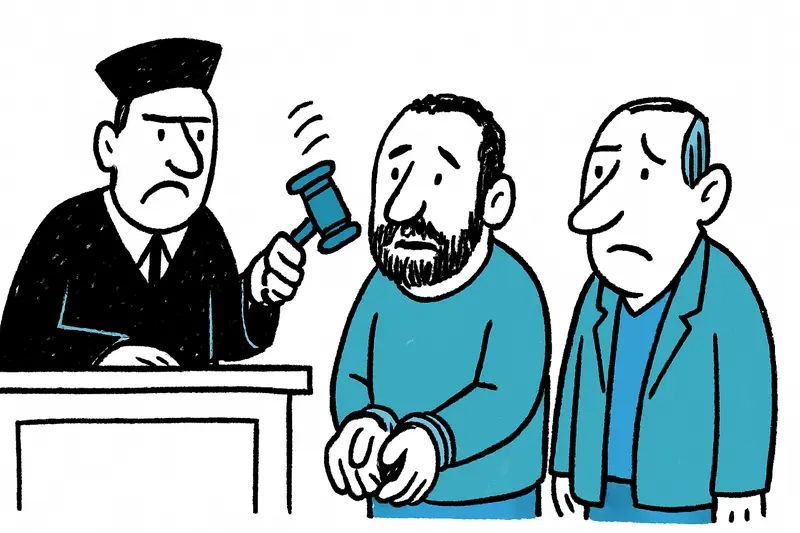
Masks scandal in Mallorca: Detention for Ábalos and García — what is missing
The judge ordered pretrial detention without bail for José Luis Ábalos and Koldo García. The case raises questions about...
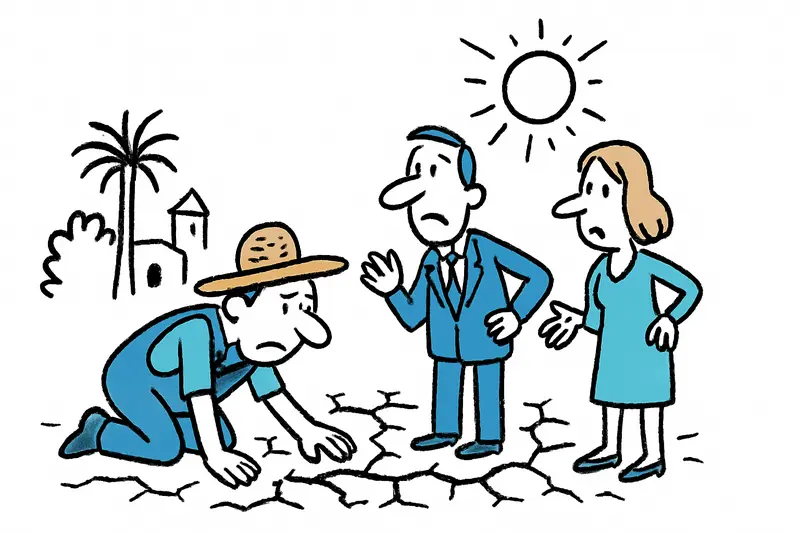
Mallorca Running Dry: Who Pays the Price of Desertification?
A new atlas shows: 85 percent of the Balearic Islands are threatened by progressing desertification. Key question: How w...
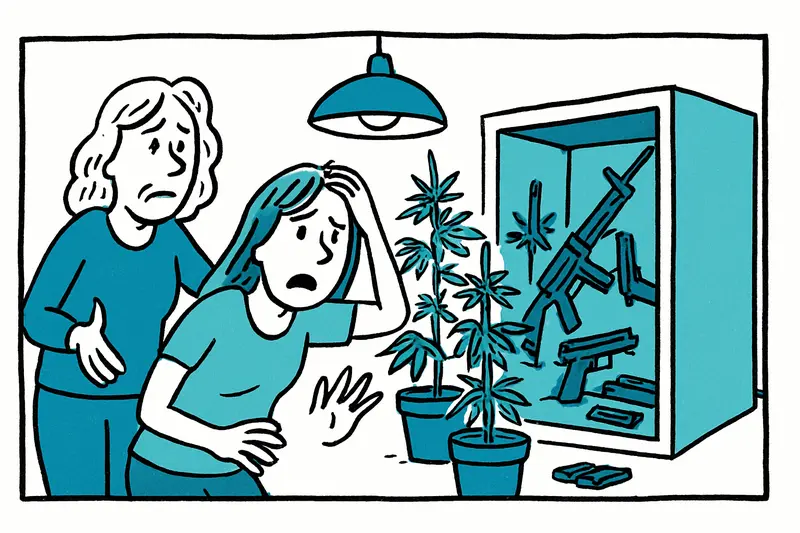
Fire in Moscari Uncovers Professional Marijuana Cultivation and Weapons Arsenal
A fire in a house in Moscari led to the discovery of a well-organized indoor grow operation and an extensive cache of we...
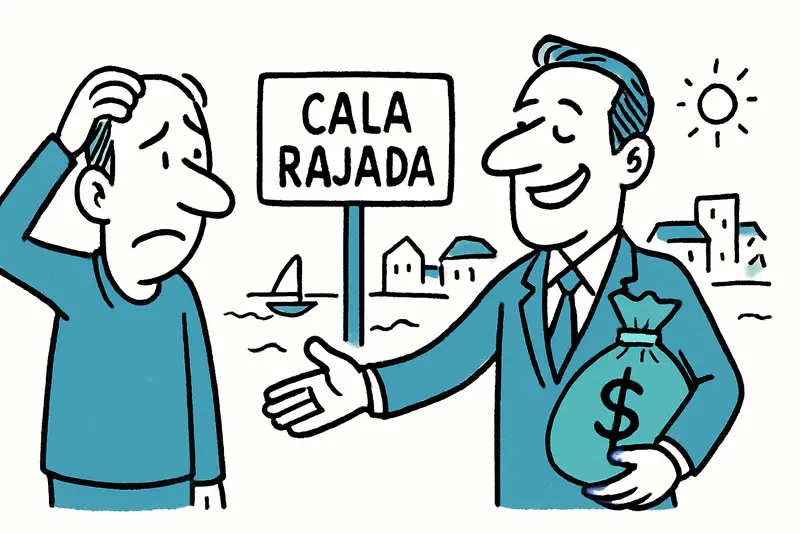
Fresh Start in Cala Rajada — Billionaire Myth or New Risk?
Peter Mike Wappler, once a convicted con artist, now lives in Cala Rajada. We ask: What does his return mean for the isl...
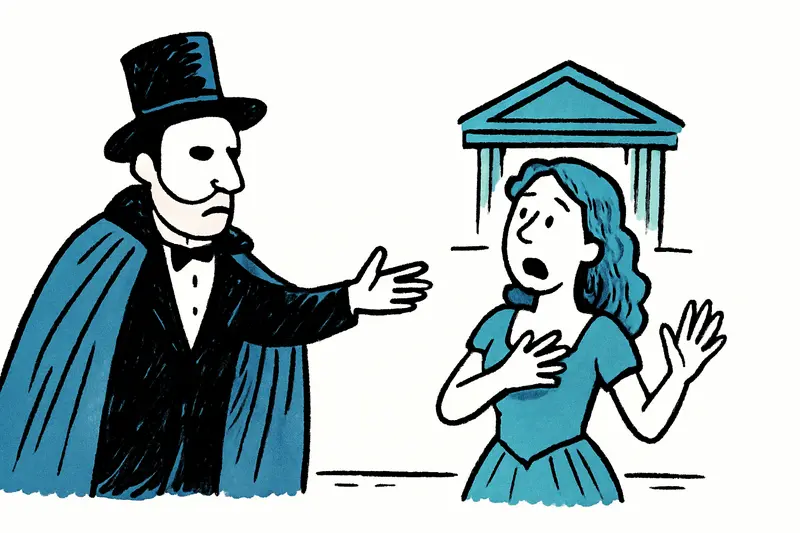
The Phantom of the Opera Comes to Palma: Musical Classic at the Auditori (Feb–Mar 2026)
For the first time, a Spanish tour of "The Phantom of the Opera" brings the Andrew Lloyd Webber classic to the Auditori ...
More to explore
Discover more interesting content

Experience Mallorca's Best Beaches and Coves with SUP and Snorkeling

Spanish Cooking Workshop in Mallorca

